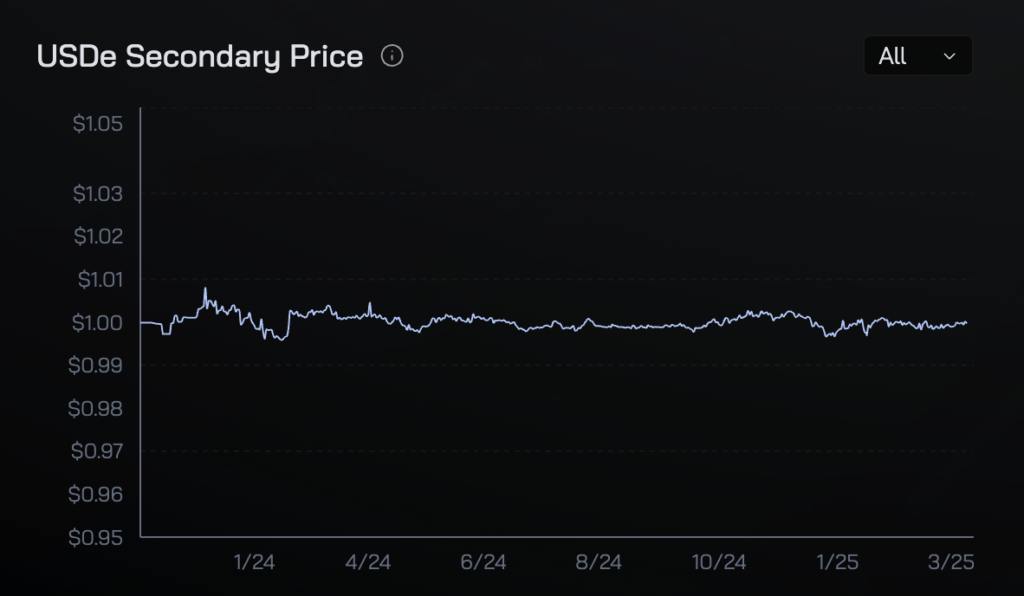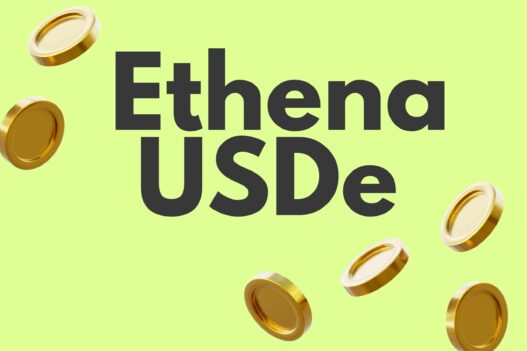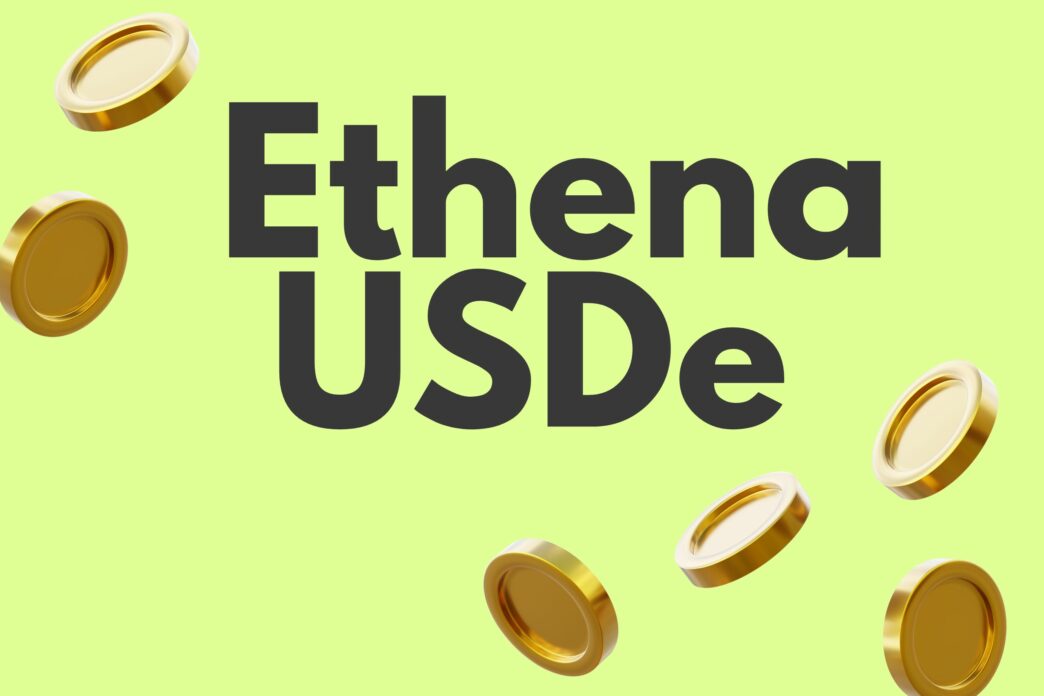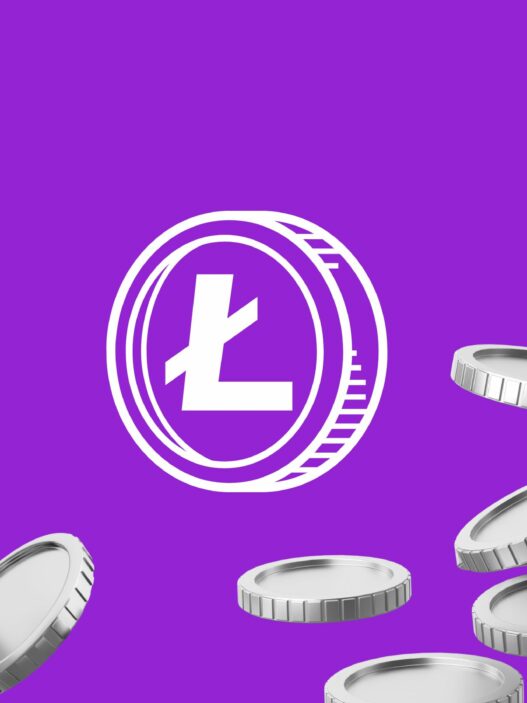Stablecoins are a crucial part of the cryptocurrency market, offering users a way to transact in digital assets while maintaining a stable value. One of the newest entrants in this category is USDe, a synthetic stablecoin developed by Ethena Labs. Unlike traditional stablecoins such as USDT (Tether) or USDC (Circle), which are backed by fiat reserves, USDe is secured using a derivative-based strategy. This innovative approach makes it one of the most unique stablecoins on the market today.
Background and Development
- Addressing the “Stablecoin Trilemma”:
- Ethena aims to tackle the challenges faced by previous decentralized stablecoin designs, often referred to as the “stablecoin trilemma.” This trilemma involves balancing stability, decentralization, and scalability.
- The project seeks to provide a crypto-native stablecoin that isn’t reliant on traditional banking systems, offering a more censorship-resistant and globally accessible solution.
- Delta-Neutral Hedging:
- A core component of USDe’s mechanism is “delta-neutral hedging.” This strategy involves holding cryptocurrency assets (like staked Ethereum or Bitcoin) and simultaneously taking short positions in perpetual futures markets.
- This hedging action is designed to offset price volatility, maintaining USDe’s peg to the U.S. dollar.
- This allows USDe to have 1:1 “collateralization” instead of the over collaterization that is common in other stable coin projects.
- Off-Exchange Custody:
- To mitigate counterparty risk, Ethena emphasizes off-exchange custody solutions for its backing assets. This means the assets are held in institutional-grade custody, minimizing exposure to risks associated with specific exchanges.
What is USDe?
USDe is a synthetic stablecoin issued by Ethena Labs, built on the Ethereum blockchain. It maintains its $1 peg using a combination of collateralized crypto assets and hedging strategies rather than traditional cash reserves.
The primary goal of USDe is to create a crypto-native alternative to traditional banking-backed stablecoins. This approach ensures that USDe can function independently of the traditional financial system, making it more resilient to regulatory risks and centralized control.
How is USDe Different from Traditional Stablecoins?
Most stablecoins, such as USDT or USDC, are backed by fiat reserves held in banks. Their issuers must maintain enough USD in their accounts to cover every token in circulation. USDe, on the other hand, does not require traditional cash reserves.
Instead, it is backed by a combination of staked Ethereum (stETH) and short futures positions. This is called a delta-neutral strategy, meaning any price changes in the collateral are balanced out by opposite movements in the futures positions.
Essentially, this approach ensures that USDe’s value remains stable while earning yield from staked Ethereum and futures markets. Here is how Ethena Labs explain eUSD: “crypto-native synthetic dollar utilizing spot assets as backing, onchain custody, and centralized liquidity venues”:
How Does USDe Work?

The mechanics of USDe are based on collateralized crypto positions and hedging techniques:
- Collateralization: Users can deposit ETH, staked ETH (stETH), or other liquid staking tokens as collateral. Ethena Labs is also considering adding SOL (Solana) as collateral.
- Hedging Strategy: To maintain its peg, USDe uses a “cash-and-carry” trade strategy. This involves:
- Holding a long position in staked ETH to generate yield.
- Taking a short futures position to offset ETH’s price volatility.
- Staking and Yield Generation: Users who stake USDe receive sUSDe, which represents their staked holdings. This allows users to earn yield from both the staked ETH rewards and futures market basis.
- Risk Management: A reserve fund is maintained to manage fluctuations and ensure stability. This makes USDe less vulnerable to extreme market movements than purely algorithmic stablecoins.

Where is USDe Used?
USDe’s unique properties make it applicable in several areas of the DeFi (Decentralized Finance) ecosystem:
1. Stable Transactions
- Like other stablecoins, USDe can be used for fast and stable transactions without the volatility of regular cryptocurrencies.
- It allows users to hold value in crypto without exposure to traditional banking systems.
2. Yield Generation with sUSDe
- Ethena’s sUSDe token enables high-yield savings through exposure to futures markets and staked ETH.
- Over the past two months, the Internet Bond (sUSDe) has generated an annualized yield of 12-20%, making it an attractive savings tool.
3. Trading and DeFi Integration
- USDe can be used in decentralized exchanges (DEXs) and DeFi lending platforms.
- Users can borrow against USDe holdings or provide liquidity to earn additional yield.
4. Hedging for Traders
- Since USDe is backed by derivatives, traders can use it to hedge their ETH exposure without converting to fiat.
Challenges and Future Developments
While USDe presents a promising alternative to fiat-backed stablecoins, there are some challenges and ongoing developments to watch.
Challenges
- Regulatory Uncertainty:
- Governments and financial regulators may scrutinize derivative-backed stablecoins, similar to how algorithmic stablecoins like Terra’s UST faced challenges before its collapse.
- Market Volatility Risks:
- If hedging strategies fail, the collateral value could drop, affecting USDe’s peg stability.
- Adoption in DeFi:
- USDe is still new, and its adoption by DeFi platforms will determine its success in the long run.
Future Developments
- Expanding Collateral Options
- Ethena Labs has proposed adding SOL (Solana) as a collateral asset, expanding USDe’s flexibility.
- Potential Expansion Beyond Ethereum
- Future updates may allow USDe to operate on multiple blockchains, increasing its utility.
- Improved Risk Management
- As USDe grows, Ethena Labs is likely to implement more sophisticated risk management tools to protect the stablecoin from market fluctuations.
USDe is a game-changer in the stablecoin space, offering a decentralized, yield-generating alternative to fiat-backed digital currencies. By using a synthetic structure with derivatives and staking rewards, USDe avoids reliance on traditional banks and offers users a crypto-native store of value.
With ongoing improvements, such as expanded collateral options (including SOL), improved DeFi integrations, and better risk management, USDe could become a major competitor to USDT and USDC in the coming years.
However, as with all crypto investments, users should closely monitor regulatory developments and risk factors before holding or staking USDe.






















